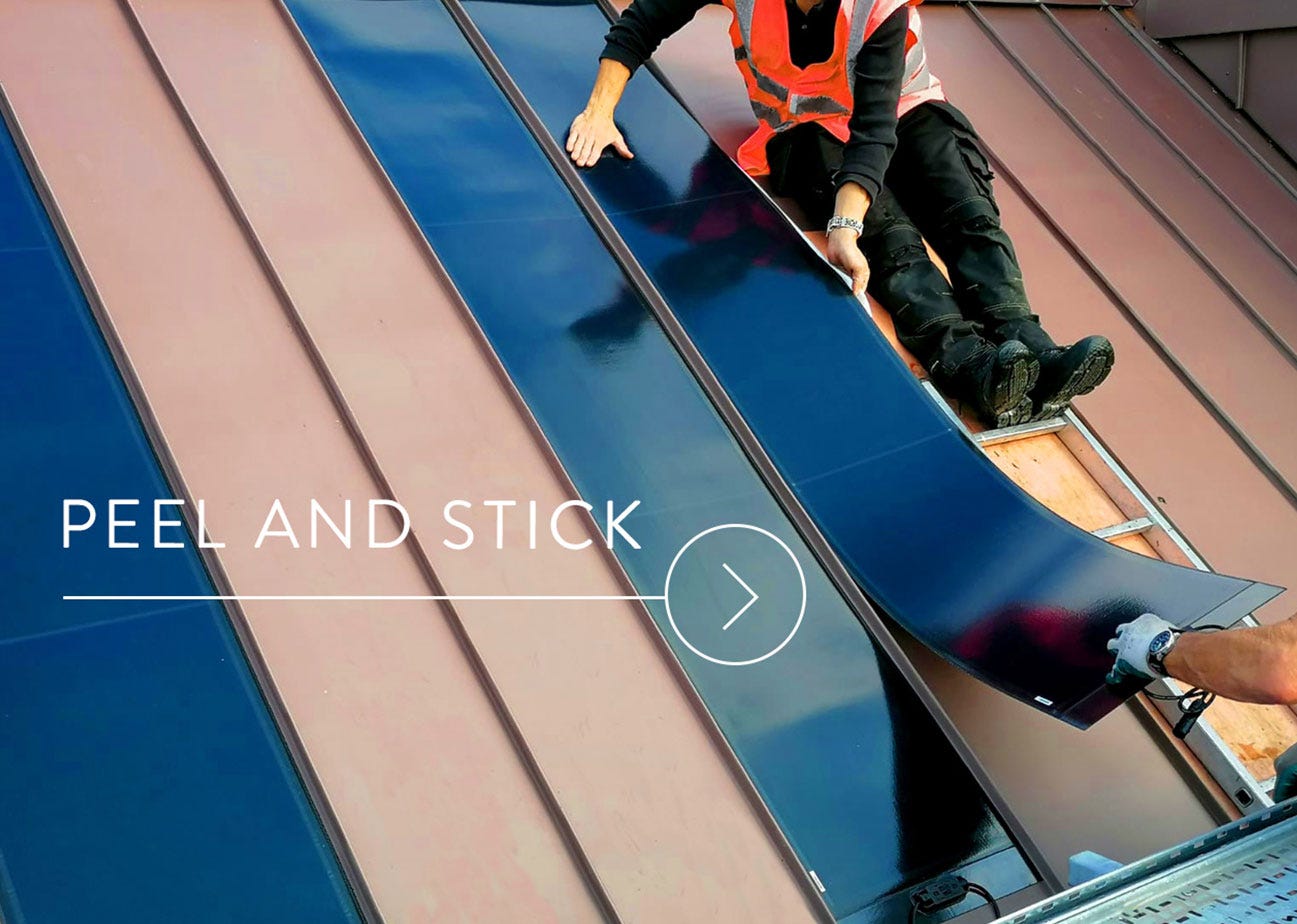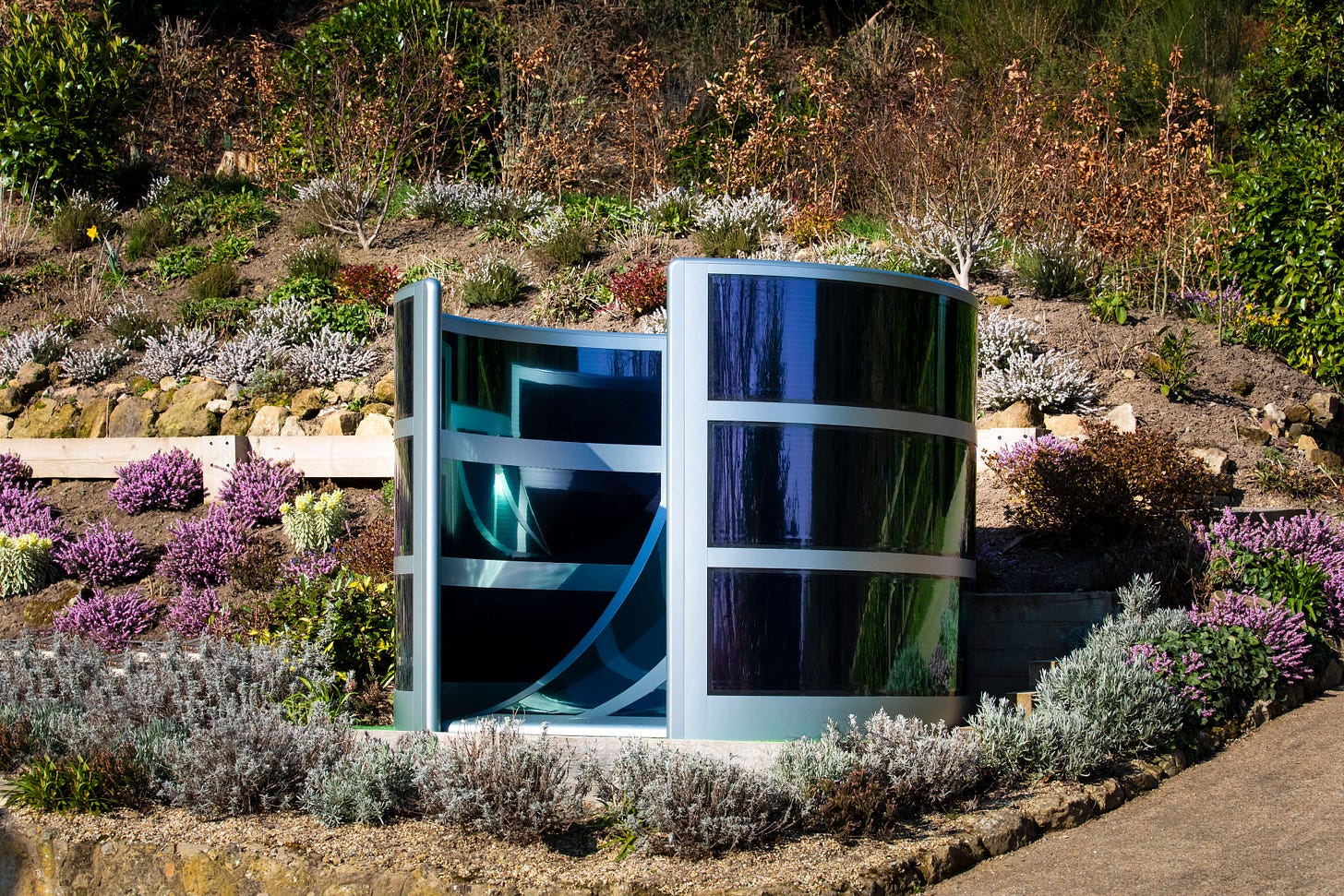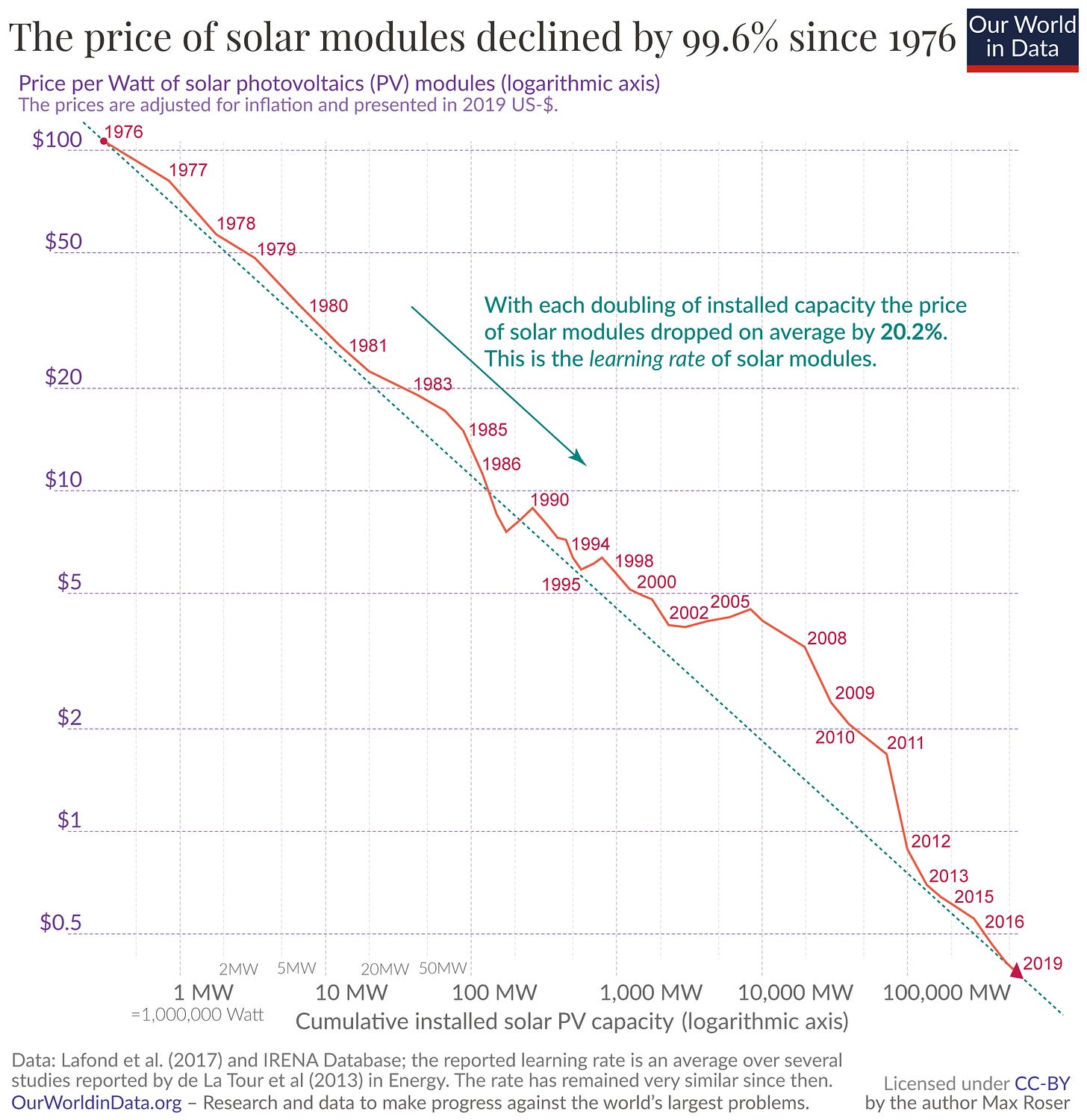I was taught non-renewables are limited
And sometimes I wish that was true
All throughout my school, I had answered questions asking the difference between renewables and non-renewables.
And one of the major differences was availability.
Non-renewables are limited and we cannot replenish them.
Well, that doesn’t seem true in this century.
Countries are still digging to find coal and natural gas.
The world is fighting over oil.
Instead of stopping the use of these non-renewable resources, the countries have just agreed to ‘phase them out’.
How? And when?
I wish ‘ non-renewables are limited’ was taught with a disclaimer.
For this week, I have 3 startups that are making it easy to adopt solar energy⬇️
Things haven’t changed…Armsheim is a municipality in Germany. Around 20 years ago, Michael Peters, at the age of 18, installed the city’s first solar system on his parents' roof. The incident was even covered by the press. But 20 years later, he realized that installing a solar system hasn’t become easier. Although people want to do that, they don’t want to go through the regulatory, financial and operational challenges.
Solar as a service…So along with his co-founders Bastian Bauwens and Vigen Nicogosian, he set out to equip homes with a free solar system. All across Germany, Sunvigo installs and maintains the solar systems in people’s houses and the homeowners only pay for the electricity used. Customers don’t have to buy or rent rooftop photovoltaic (PV) systems.
Sunvigo installs a photovoltaic system, battery storage and charging station on site.
Customers sign an electricity contract with Sunvigo- different tariff options are available.
Customers only pay for the solar electricity used by them every month to Sunvigo.
Carefree package…As customers don’t have to think about the installation and maintenance of the system, it reduces their hesitance to move to renewable energy. Also, no upfront costs make it easy on the pocket.
That’s how it started…It was a chance meeting on a train with two former energy company bosses that got Jo Parker-Swift thinking- how can I take my home and car off-grid. And that triggered the research into finding ways to take off-grid other houses, businesses and commercial establishments. And after 2.5 years of research, she started Solivus, the new generation solar company.
Skin-like panels…The government and commercial sector in the UK have been hesitant to clad their roof with solar panels because of their weight. Their argument is that not all roofs are built to take the weight of the solar panels. So Solivus has come up with state-of-the-art ultra-low carbon organic thin-film solar (OPV) technology a.k.a ultra-light solar panels.
These can be spread onto the roofs of supermarkets, warehouses, industrial facilities.
They are 1/10th the weight of the traditional solar panel.
The layered film can be bent into shapes or glued onto flat or curved, vertical or horizontal surfaces.
Solivus Arc…This year, the brand is planning to manufacture a patented product called Solivus Arc. Their thin panels are folded in the form of an arc. The shape allows it to capture maximum energy from the sun in a small area of ground space throughout the day. If you’re moving places, you can even take it with you.
We are privileged…In the Himalayas, temperatures can get as low as -15C. At night, it could drop down to -30C. There are remote villages in the region that are mostly inaccessible during the winters. And to make matters worse, these are not connected to the grid. So sunset means the end of the day and most people use kerosene-powered lamps in these regions.
Travelling with purpose… Global Himalayan Expedition is solving this in a unique manner. Participants of GHE get to travel on the world’s highest drivable road, at an altitude of more than 5,500 metres in the northern Indian region of Ladakh. And these travellers electrify these remote off-grid mountain villages,
They take with them the technology and expertise to build a working solar microgrid.
Each home is topped with a shimmering solar panel.
They set up offline educational hubs in these villages- downloaded Wikipedia and Ted talks on a hard drive.
Advantages galore…Electricity can lead to economic advances in these remote villages. They have electrified more than 50 villages, allowing the villagers to have a life after dark and get rid of the harmful kerosene lamps. I am just wondering- it would be so much easier to transport the Solivus Arc(from the above story) instead of the solar panels. Are you listening?
🙋Trivia of the week
Among the top 5 coal-producing nations are China, India, US and Australia.
The fifth one is an island nation, which consists of over 17000 islands and is the 14th largest country in the world.
In January 2022, they had also announced a month-long ban on the export of thermal coal.
This was surprising because historically the country produces far more coal than can be consumed domestically and exports the surplus.
The reason was that PLN, the state-owned electric company which generates the majority of the country’s power and relies heavily on fossil fuels, said its stock was running critically low.
Not surprisingly, it’s in the Top 10 most polluting nations as well.
Which nation are we talking about here?
📊Stat of the week
If you liked this edition, please do share it. That would mean a lot😊
Thanks and see you in 2 weeks😄












